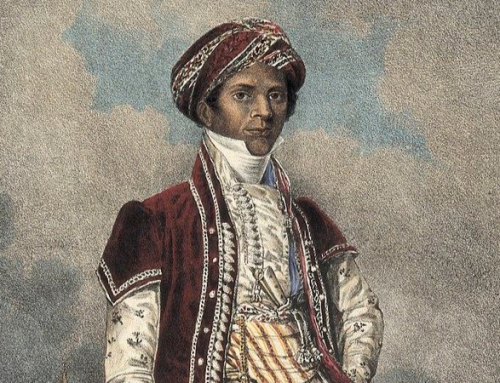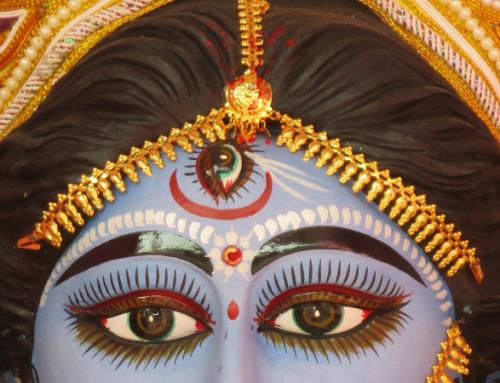Remembering the Last Mughal
Finally, four decades after I had first contemplated a visit, I made it to Myanmar (Burma), landing in Yangon (Rangoon) where I proceeded directly from the crowds that throng to gawk and worship at the city’s prime attraction, the mighty Shwedagon pagoda, to the nearly-deserted Dargah of Bahadur Shah Zafar, last of the Mughal emperors, whose tomb was only rediscovered, by accident, less than a quarter-century ago.
Many a ruler deposed by the colonial Brits found himself transported into exile in a strange land, and by some strange karmic parallelism Burma’s last king Thibaw was packed off to Ratnagiri (south of Mumbai) in ’85 (i.e. 1885), a mere 27 years after Zafar was exported to Rangoon in ’58.
Though Mirza Abu Zafar Sirajuddin Muhammad Bahadur Shah Zafar was titular ruler of India, and the British East India Company technically derived its legitimacy through his permission and by his leave, he ruled an empire that barely stretched beyond his residence in Delhi’s Red Fort. Zafar had in fact no interest in ruling (succeeding to the throne only after the designated successor had been, yes, exiled); he was instead a talented Urdu poet and calligrapher, and a devout Sufi, broad-minded and multicultural like his ancestor Akbar the Great.
Clearly a better mystic than a sovereign, Zafar was utterly prepared when generalized dissatisfaction with Europeans boiled over into a chaotic “rebellion”, and he sealed his fate when he permitted himself to be co-opted into becoming the titular head of that insurrection. Two books that I read recently – Christopher Hibbert’s The Great Mutiny: India, 1857 and William Dalrymple’s The Last Mughal: The Fall of Delhi, 1857 – provide abundant detail of the many tragedies of those desperate days, and (Dalrymple’s in particular) of the ruthless lethal terror that the British unleashed when they again gained the upper hand.
Most of his relatives murdered, Zafar was kept alive (to prevent him becoming in death a martyr) in greatly reduced circumstances in Rangoon until his demise in 1862, when he was deliberately buried in an unmarked grave. Rediscovered in 1991, that tomb is now a quiet shrine whose walls display photos of Zafar and his companions in his exile (his favorite consort and two of his remaining sons), and a framed selection of some of his couplets. Having previously visited the tombs of five of the six Great Mughals, including that of Babur, the dynasty’s founder, I stood somberly as the caretaker and I recited from memory the last two lines of the epitaph that Zafar had composed for himself:
kitnā hé bad-naseeb zafar dafn ke liye
do gaz zamīn bhī na milī kū-e-yār méń
“How ill-fated is Zafar! For his burial Not even two yards of land could be procured in the land of his beloved.”
And I recalled to mind the trenchant words of Lord Buddha:
sarvam kshanakam, kshanakam sarvam
sarvam duhkam, duhkam sarvam
“All is transitory; all is difficulty.”
In the face of the fate that we all share after meeting with our portion of ups and downs, we can but strive to live the best life we can, working through our karmas as calmly as possible, seeking ever that permanent reality that shines eternally beyond all appearance.
OM!


